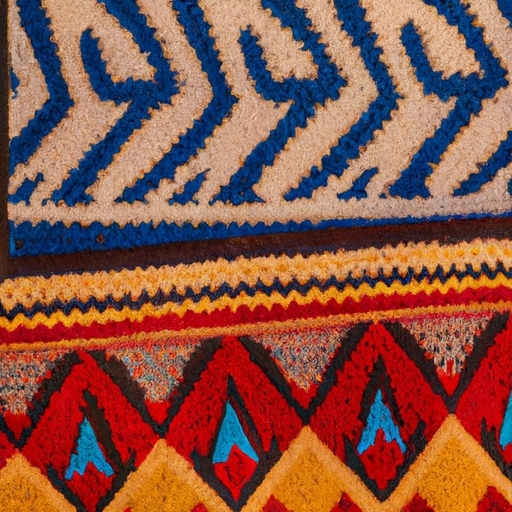
Introduction to Southwestern cotton rugs
southwest carpets in rust color
Southwest carpets in rust color have a rich historical significance! The use of this warm, earthy hue dates back to ancient times. (Contrary to popular belief), rust-colored carpets were not commonly found in Southwest tribes' homes. However, their introduction brought about a significant shift in the region's carpet-weaving traditions.
In the early 19th century, trading posts established by settlers began influencing the artistic designs of Southwest carpets. These traders introduced new dyes and colors to Native American weavers, including the captivating rust shade. (Believe it or not), this unconventional addition initially met with resistance from traditionalists who preferred more natural hues like brown and beige.
Despite some opposition, the allure of rust color quickly captivated both weavers and buyers alike! It added a unique vibrancy and warmth that complemented the desert landscapes of the Southwest. This newfound color became synonymous with resilience and strength as it symbolized iron ore found abundantly in the region's soil.
Furthermore, rust-colored carpets marked a departure from traditional geometric patterns often seen in Southwest textiles. Weavers embraced this change by incorporating more intricate motifs inspired by nature into their designs. The result was an exquisite blend of organic shapes, bold colors, and meticulous craftsmanship that set these carpets apart from others.
Transition phrase: As time went on, rust-colored Southwest carpets gained immense popularity among collectors worldwide! Today, they are highly sought after for their historical significance (in spite of) their scarcity due to limited production quantities. Whether displayed as art pieces or used for practical purposes, these carpets continue to tell stories of cultural exchange and adaptation.
In conclusion, southwest carpets in rust color hold great historical importance within the realm of textile artistry! Their introduction disrupted traditional weaving customs while ushering in a new era of creativity and innovation. With its deep connection to regional landscapes and symbolic representation of strength, rust color continues to be cherished by collectors as well as appreciated for its distinct beauty.